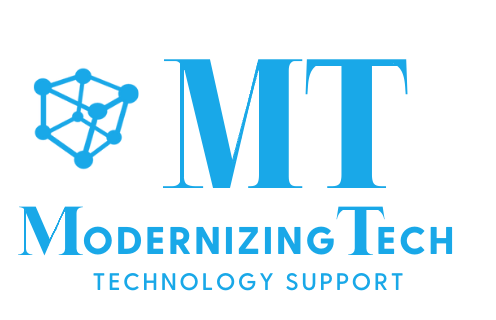Microsoft’s July 2025 Patch Tuesday delivers essential security updates that address numerous vulnerabilities across Windows, Office, Azure, and other Microsoft services. This month’s release includes several high-severity flaws, many of which could allow remote code execution, privilege escalation, or information disclosure. It is crucial for organizations and users to review these updates and apply them promptly to safeguard their systems.
Critical Vulnerabilities: Key Highlights
This month’s security updates address several high-impact vulnerabilities, many of which have a high likelihood of exploitation. Notable CVEs include:
- CVE-2025-29828: Critical flaw in Windows Schannel allowing remote code execution.
- CVE-2025-32710: Vulnerability in Remote Desktop Services enabling remote code execution.
- CVE-2025-47162, CVE-2025-49698: Multiple vulnerabilities in Office and Word that could be exploited through malicious documents.
- CVE-2025-49704: Critical SharePoint vulnerability allowing remote code execution.
- CVE-2025-49717: Vulnerabilities in SQL Server that could be exploited remotely.
- Multiple flaws in Hyper-V and Windows Kernel, including remote code execution vulnerabilities affecting virtualization and core system components.
- CVE-2025-47981: SPNEGO extended negotiation flaw that could enable remote code execution during authentication.
- CVE-2024-36350, CVE-2025-36357: Hardware vulnerabilities in AMD processors related to transient scheduler attacks, potentially enabling side-channel exploits or privilege escalation.
Other Important CVEs and Disclosures
The releases also address numerous other CVEs impacting various Microsoft products and components. These include:
- CVEs in Office and Office components, such as CVE-2025-49695/96/97/98, which could be exploited via crafted documents to execute arbitrary code
- Vulnerabilities in Windows core modules including Imaging, CredSSP, Kerberos, and Win32K
- Fixes for vulnerabilities in remote communication protocols such as SSDP, UPnP, and RDP
- Security updates for browsers including Microsoft Edge and Chromium-based browsers, addressing CVEs like CVE-2025-49741, which could be exploited via malicious websites
- Issues in system drivers and services, including VHDX, VBS enclaves, and storage drivers, with various levels of exploitability
While some vulnerabilities may be marked with exploitation possibly as less or unlikely, applying all security patches remains the best defense.
Applying these updates as soon as possible is essential for maintaining system security. Windows users can install the updates through Windows Update or manually from the Microsoft Update Catalog. For enterprise environments, utilizing update management tools like Windows Server Update Services (WSUS) or System Center Configuration Manager (SCCM) will ensure patches are deployed across the network effectively.
For further details and releases, visit Microsoft’s Security Update Guide page.


Leave a Reply